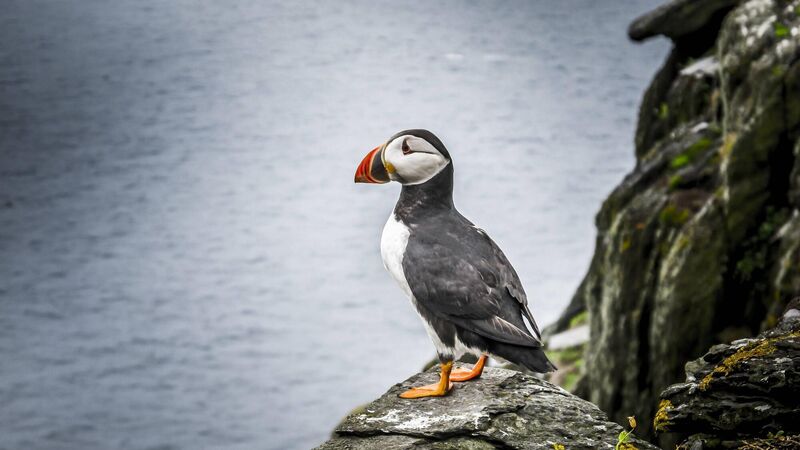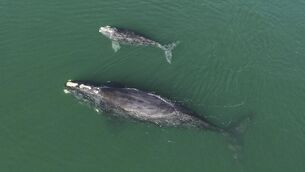Donal Hickey: Drones could be useful when studying birds but they must be used carefully

A new Government plan for Skellig Michael, an important seabird breeding colony, commits to banning drones there.
A notable benefit of drones is that they allow easy access to wildlife in remote places that are, in the usual way, difficult to get at it. Drones then are being used increasingly around the world in nature research.
The downside is that the strange noise of such gadgets and their highly visible intrusion into areas normally occupied only by wild birds and other animals causes problems. These creatures are sometimes disturbed and confused, with some birds of prey attacking the drones.







